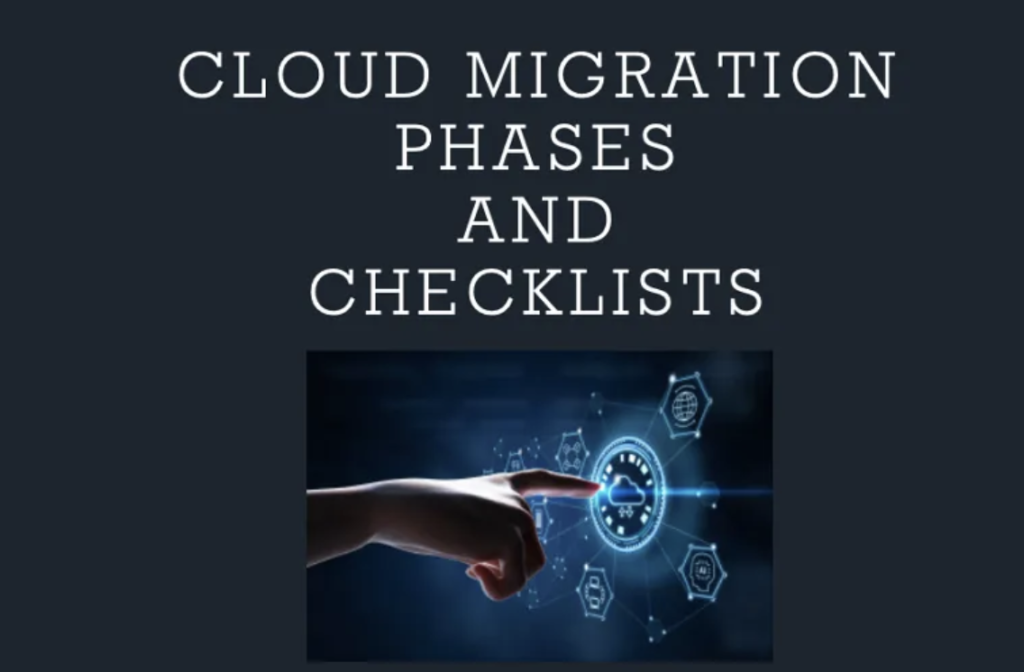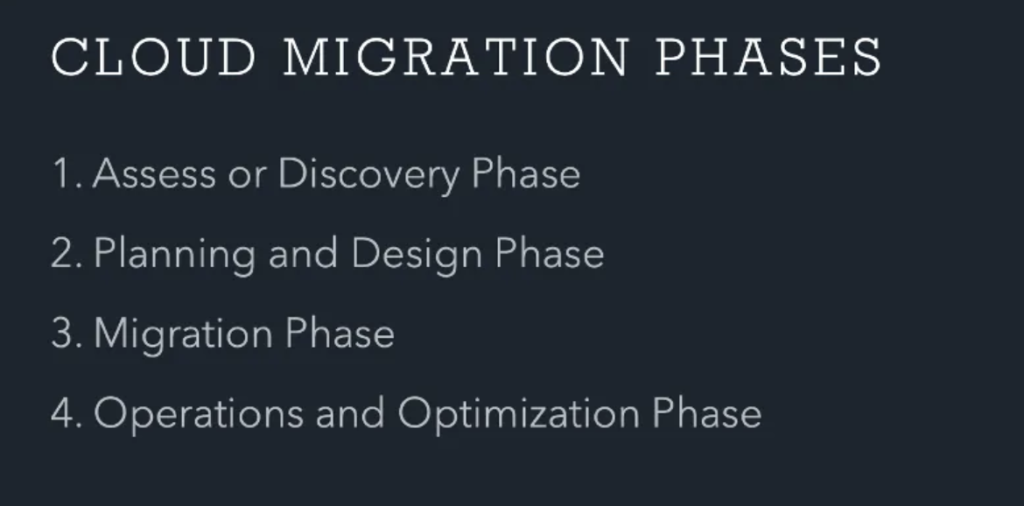Cloud Migration Phases & Guide
By Piyush Jalan / Feb 08,2023
Many businesses now consider moving to the public cloud to be a requirement. And, for any cloud migration path to be successful, an effective migration plan is essential. Moving to the public cloud has several advantages, including scalability, reliability, security, enhanced analytics, and disaster recovery. The most common advantage of public cloud adoption, however, is cost savings and a flexible pricing structure, which entices organisations to use public cloud services.

Migrating current workloads to the public cloud, particularly those with a large amount of data, is widely perceived as hard, time-consuming, and hazardous. However, with proper preparation, business IT companies may quickly build excellent migration procedures to expedite migrations and reduce risk. Furthermore, migration technology is rapidly emerging to serve the organisation. To ensure the migration process is successful, any cloud migration project must be broken down into phases. These are the different phases that need to be taken into account:

Assess or Discovery Phase
Choose your migration team first. The apps that will be migrated should be identified when you have assembled your team of internal stakeholders. Picking which apps to migrate first to the cloud is a good place to start. Finding application dependencies, cloud readiness, application service level agreements, physical or virtual infrastructure, and other factors are only a few of the numerous factors that will influence priority.
- Determine the capacity and resources that your application needs
- List all the applications that are up for cloud migration
- Identify essential stakeholders to include early in the process
- Identify the apps that are cloud ready
- Identify the network configurations and interdependencies between applications.
- Provide security and legal compliance specifications
- Verify SLA and high availability standards
- Examine the tools and licenses
- Financial Evaluation
Planning and Design Phase
The planning and design phase is the foundation of any cloud migration effort. The success of the migration project depends on choosing the appropriate migration strategy at this phase, which has the most influence on the entire migration process. A cost-effective cloud provider, service model, tools, automation, and a trustworthy network connectivity solution must be selected in the planning and design phase to migrate workloads to the cloud.
- Pick a strategy for each application: https://www.intuitive.cloud/cloud-migration-strategies-with-aws-cloud/
- Plan and design the cloud infrastructure including services like networking, security, storage etc.
- Create migration plan for both apps and their data
- Critical and sensitive data migration plan
- Hybrid data migration strategy
- Consider data Protection, make sure all data is encrypted
- Plan for Size and type of data that needs to be migrated
- Consider Secured Network connectivity with restrictions in the beginning
- VPC security groups Inbound and outbound ports restriction
- Appropriate Identity and access management policies
- Monitoring of network and cloud services
- Ensure that all public cloud compliance policies are followed
- Plan the time required for application cutover
Migration Phase
If you’ve done a comprehensive evaluation and planning, your migration project should be on path for success. Having a migration solution that allows you to revert to the on-premises setup may also be quite beneficial at this period. It eliminates risk from the migration process by allowing you to return to, alter, and repeat the migration deployment. The implementation of Compute, Storage, Database, Application, Security frameworks, Network, load balancing and other base architecture level configurations is required based on the finalised cloud architecture & design.
- Workload migration (Migrate according to the plan created)
- Data migration (Migrate according to the plan created)
- Validation and cutover
- Monitoring tools integration
- Apply the lesson learned
Operations and Optimisation Phase
The next phase after migration is optimisation and operation. It’s crucial to check that the migrated cloud environment is safe and optimal. In addition to monitoring and optimisation, it’s critical to ensure that the new cloud environment complies with all business and regional regulatory requirements. For instance, you have more freedom to provision and modify the size and type of an instance in the cloud based on actual demand. As you continue to optimize, keep an eye out for product upgrades from your cloud vendor and don’t be hesitant to try new things.
- Empower IT to successfully manage ongoing operations
- Validation and testing of all security tools, framework, and IAM policies are configured, and privileges are granted as per roles, to avoid any security breaches
- Track all uses of cloud resources and enable billing analysis (Monitor cloud costs)
- Implement scaling or bursting to improve user experience
Web-based apps, microservices, big data lakes used for analytics and research, containers, general business applications, and Internet of Things are the top targets for public cloud migration, according to current industry research.




